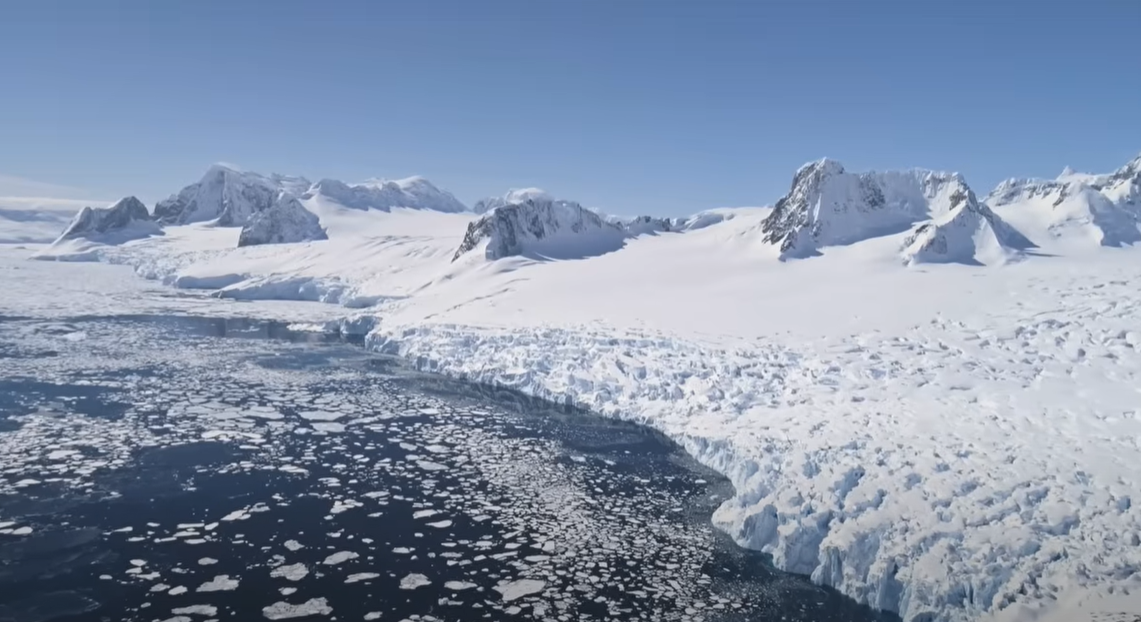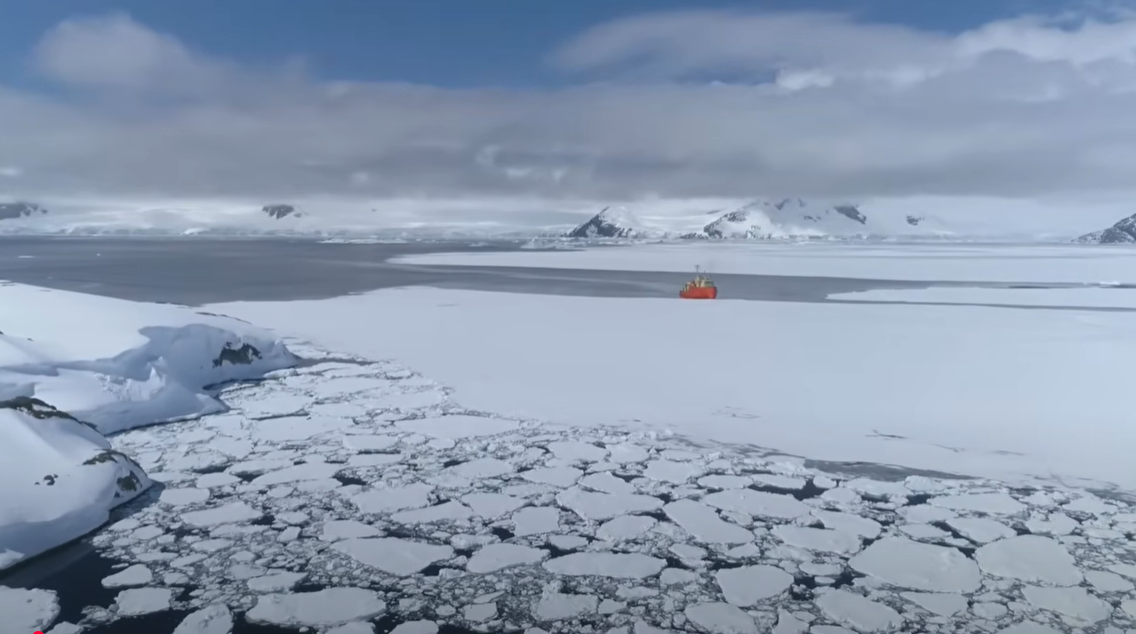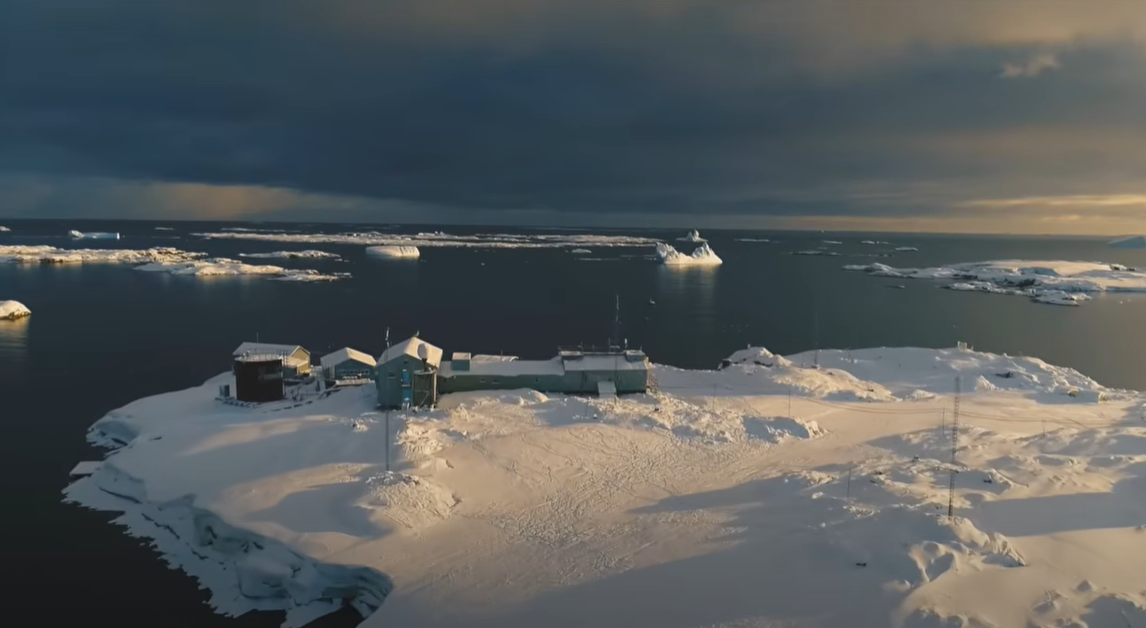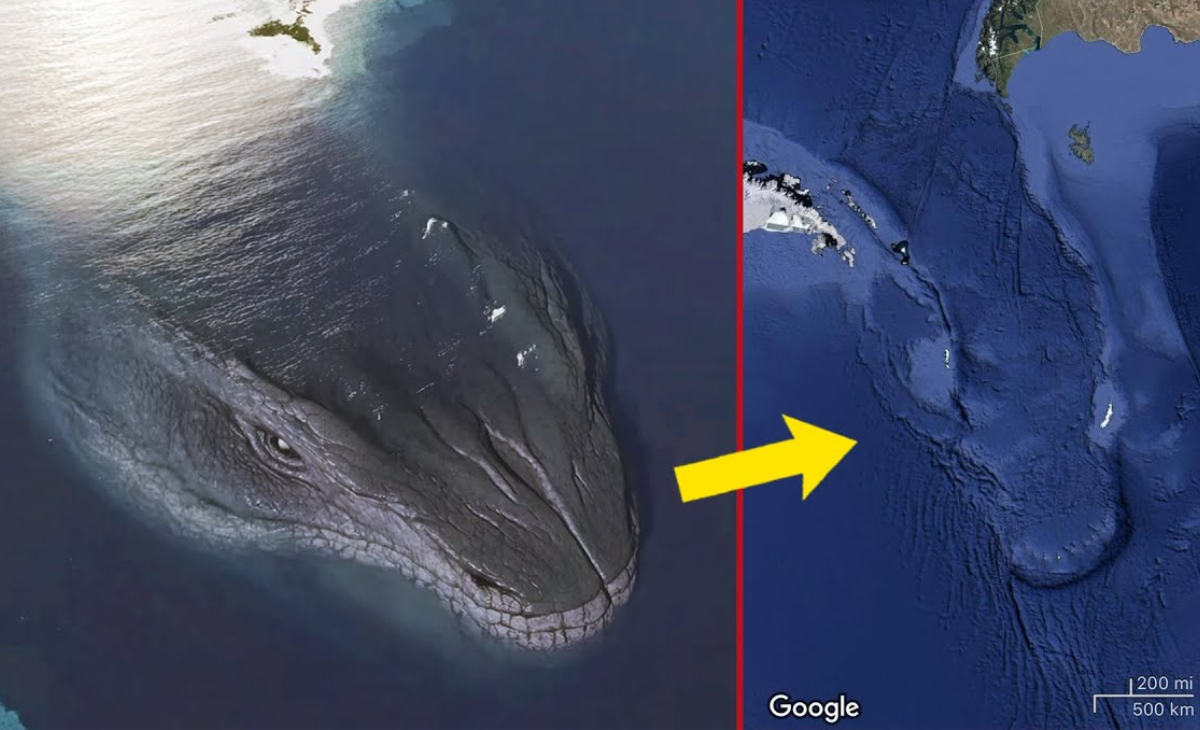**Headline: Signals from the Ice: Scientists Detect Unexplained Radio Waves Beneath Antarctica**

In a groundbreaking revelation that could alter our understanding of the universe, scientists have detected mysterious radio waves emanating from deep beneath the Antarctic ice sheet, sparking intrigue and speculation across the global scientific community. This unexpected discovery, made by a team utilizing the Antarctic Impulsive Transient Antenna (ANITA), challenges conventional theories and opens the door to new possibilities in astrophysical research.
Initially designed to hunt for elusive high-energy cosmic neutrinos—particles that travel through space without interacting with matter—the ANITA project has unearthed signals that defy expectations. Instead of solely capturing emissions from cosmic sources above the ice, the instruments recorded radio waves emerging at steep angles from below the surface. This anomaly, suggesting the presence of a previously unknown phenomenon, has left researchers scrambling for answers.



Leading the charge is Stephanie Whistle, an associate professor of physics, astronomy, and astrophysics at Penn State. Whistle and her team were caught off guard by the unexpected findings, which contradicted established physics. “The trajectory of these signals should have been physically impossible for standard high-energy neutrinos,” she stated, emphasizing the need for further investigation into this scientific enigma.
The implications of this discovery are profound. If the signals are indeed neutrinos, they would have had to traverse thousands of kilometers of rock before emerging unscathed from the ice—something that current models struggle to explain. However, cross-referencing their findings with data from other neutrino detection experiments ruled out this possibility, leaving scientists with a tantalizing puzzle: if not neutrinos, then what could these signals be?

Speculation has emerged, with some theorists suggesting a link to dark matter, the elusive substance that is believed to constitute most of the universe’s mass but has yet to be directly observed. While this theory is intriguing, it remains speculative at best, as no concrete evidence has emerged to support it. Whistle herself expressed uncertainty, acknowledging that current models fail to fully explain the phenomenon.
As researchers delve deeper into the mystery, they are considering alternative explanations, including unknown radio propagation effects occurring near the ice or the horizon. Such effects could lead to unexpected behaviors of radio waves, mimicking signals of particles emerging from below. However, even after extensive analysis, the team has yet to find a satisfactory explanation for the anomaly.

This discovery not only underscores the complexities of astrophysical research but also highlights the importance of conducting experiments in remote environments. Antarctica’s pristine conditions provide a unique backdrop for radio-based astronomical studies, shielding instruments from the noise that often clouds similar experiments elsewhere on Earth.
As scientists continue to unravel the mystery of these unexplained signals, the potential for groundbreaking discoveries looms large. Each new finding leads to more questions than answers, pushing the boundaries of established scientific theory and inviting further exploration into the cosmos.

In a world where curiosity-driven research often yields unexpected results, the detection of these enigmatic radio waves from beneath Antarctica serves as a reminder of the secrets still held by the universe. As the scientific community gears up for further studies and collaborations, the quest to understand these signals may ultimately lead to revelations that reshape our comprehension of physics and the cosmos.
The icy expanse of Antarctica, long regarded as a desolate frontier, may hold answers to questions we have yet to even ask. As researchers prepare for the next phase of investigation, one thing is certain: the universe is more mysterious than ever, and the signals from beneath the ice are just the beginning of a thrilling scientific journey.





